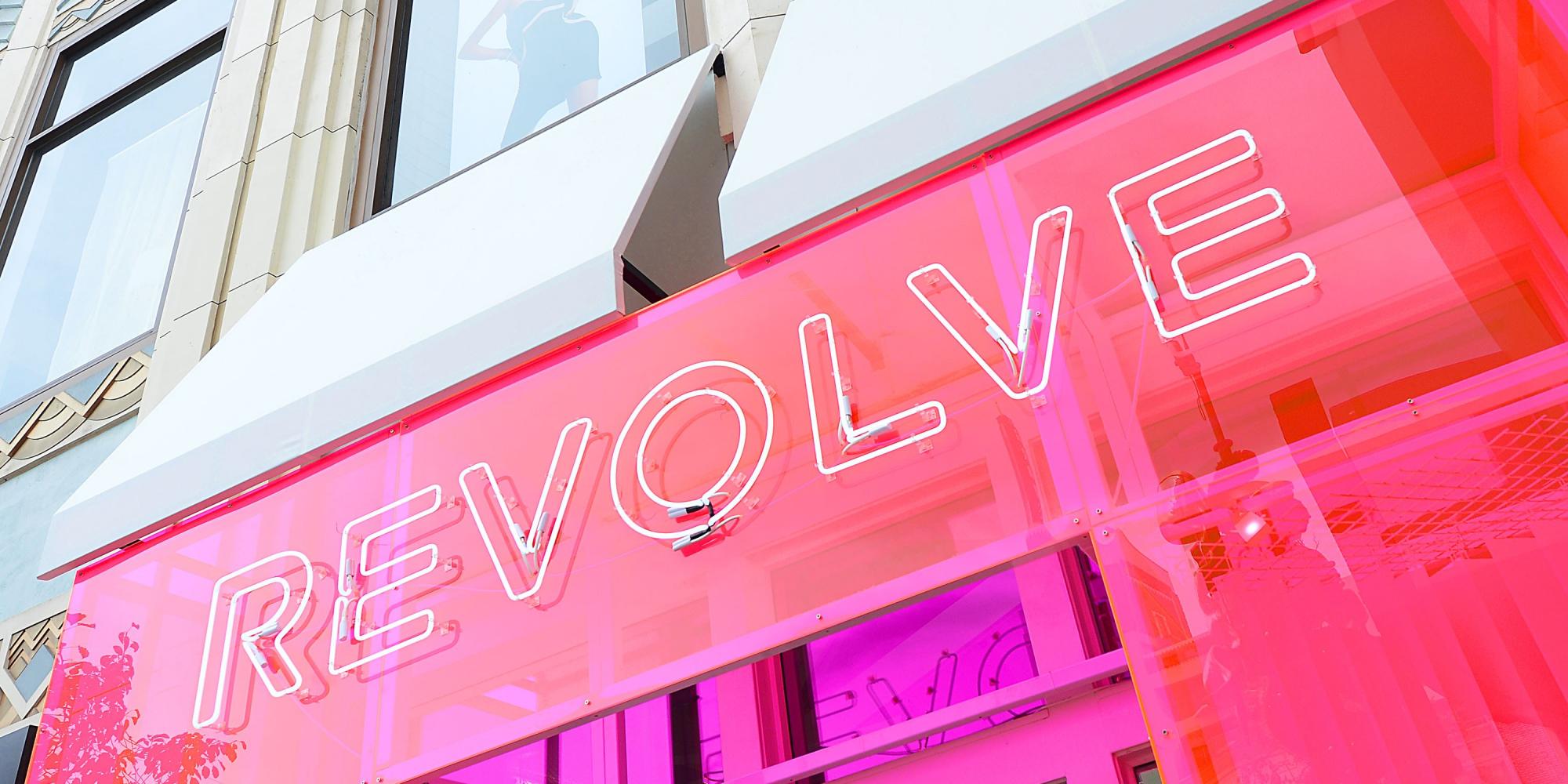
What Role Will Indie Beauty Play At A Publicly-Traded Revolve?
Do the expectations of Wall Street align with indie brand cultivation?
The answer to that question may become clearer once Revolve, the Southern California-based e-tailer known for fostering rising vendors with a millennial bent, is publicly-traded on the New York Stock Exchange. It’s set to raise up to $100 million with an IPO, which will place the influencer-driven business that generated nearly $400 million in sales last year and is on pace to exceed $1 billion this year under financial scrutiny that can’t be blurred with an Instagram filter.
“How are they going to manage the transition, and what’s going to be their growth plan? As they scale up, there’s going to be more and more stockholder pressure on them for growth,” says Miguel Garcia Castillo, principal at MGCinc, a brand development and innovation firm. “My hope is that the stockholders will see the value of Revolve and what it’s been about: the consumer experience and discovery.”
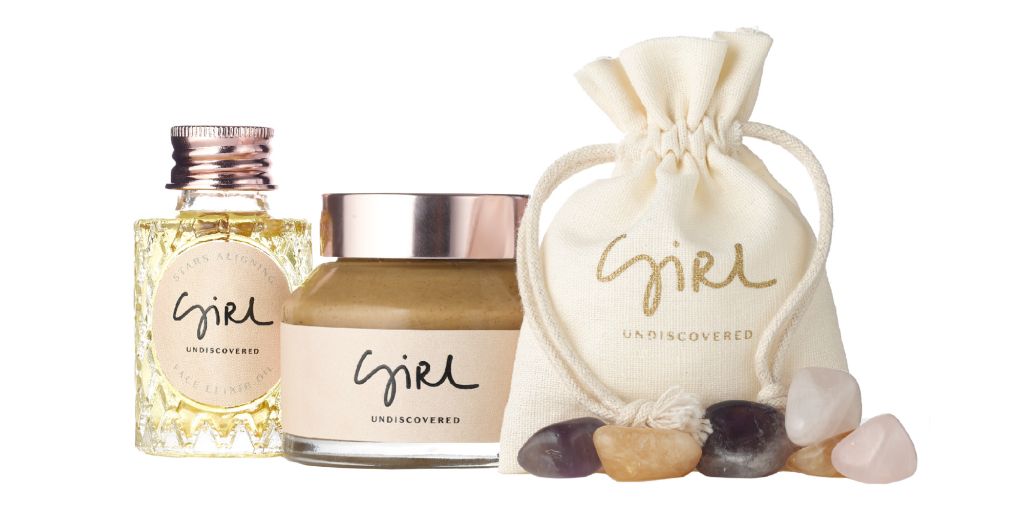
Started in 2003 by co-chief executive officers Michael Mente and Mike Karanikolas, Revolve has flourished with a mix of in-house brands, au courant upstarts, data insights and relationships with over 2,500 social media personalities. Currently, 52% of its sales are from emerging brands, a figure likely higher in beauty, a category it branched out to almost two years ago that lacks the proprietary labels that have been margin getters in apparel and accessories. Under the skillful merchant eye of buyer Kandice Hansen, beauty has become one of Revolve’s fastest-growing segments encompassing roughly 180 brands across wellness, skincare, makeup, hair, tools, grooming, and bath and body. In total, the digital retailer sells 500-plus brands.
“What performs for us is a lot of smaller independent brands because that’s what Revolve is. It’s always been a discovery site,” Hansen told Beauty Independent during an interview earlier this year. “It’s important, of course, to have some of your big anchor brands, but I also think our customers trust us to introduce her to new products. Finding a brand like a Vintner’s Daughter or Dr. Barbara Sturm that maybe isn’t as readily available everywhere is important for her. Both of those brands have been top performers.”
“There definitely will be an impact on independent beauty brands trying to get into Revolve because there’s going to be an impact on the risks they can take. It could be more competitive for independent beauty brands. They’ll have to have their stories airtight, really stand for something and have unique propositions.”
Indie brands help establish Revolve’s credibility with its 18- to 44-year-old core customers, but whether they’re meaningful to investors hungry for profits is another story. Indie brands tend to take longer than their entrenched counterparts to deliver results and have stingier margins than owned properties. In the S-1 filing announcing Revolve’s upcoming IPO, the online retailer expressed an interest in amplifying in-house brands for margin purposes. It revealed sales from owned brands have doubled since 2016.
If owned brands capture a larger share of the beauty collection at Revolve, they could squeeze out startups and make it harder for them to receive a hearing from the buying team. Certainly, should in-house beauty brands proliferate at Revolve, the e-commerce specialist would be following a long line of clothing retailers traveling down the owned brand route in beauty. Urban Outfitters, for instance, recently introduced in-house makeup brand Ohii. Its sister chain Anthropologie sells owned makeup brand Albeit.
“There definitely will be an impact on independent beauty brands trying to get into Revolve because there’s going to be an impact on the risks they can take,” says Garcia Castillo, speaking of the e-tailer’s post-IPO existence. “It could be more competitive for independent beauty brands. They’ll have to have their stories airtight, really stand for something and have unique propositions.”
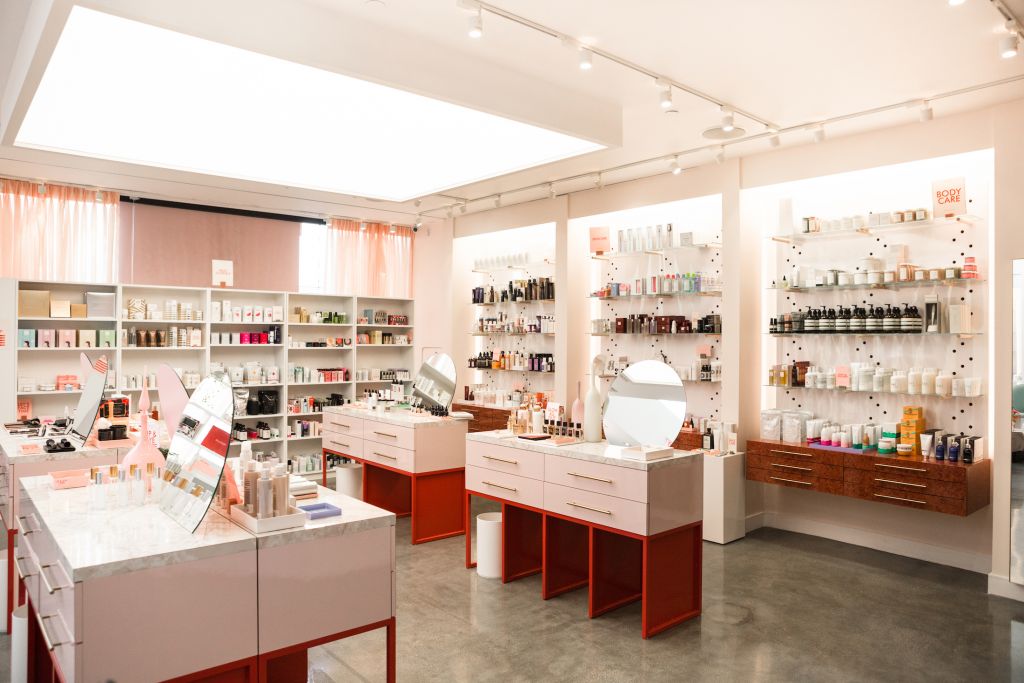
Margarita Arriagada, a strategic advisor to the beauty industry and former Sephora chief merchant, suggests proprietary brands, subscription services and increased margin demands could be on the table in the beauty category when Revolve is traded publicly. (In her interview with Beauty Independent, Hansen shared Revolve commands a minimum 55% margin.) However, Arriagada doesn’t believe the IPO will undermine Revolve’s beauty presence. In fact, she argues it could elevate beauty because Revolve will have greater funds to put behind it.
“As this brand is both digitally- and socially-savvy, they could and should be a significant player in the beauty space with more investment to the category,” says Arriagada. “I do not think going public has any implication on selection. I think beauty brands might and should perceive them to be a more powerful player in the space.”
“They will have the dollars to increase the assortment dramatically. Beauty is outperforming apparel. Therefore, we expect this part of the business to build.”
Jane Hali, chief executive officer at investment research firm Jane Hali & Associates LLC, and Paula Scandone, founder of beauty consultancy The Bella Group, agree with Arriagada that Revolve isn’t poised to back away from beauty. Revolve signaled in its filing that it anticipates expanding its beauty assortment. Hali expounds, “They will have the dollars to increase the assortment dramatically. Beauty is outperforming apparel. Therefore, we expect this part of the business to build.”
Scandone predicts Revolve will ramp up beauty collaborations and pop-ups. For the holiday season last year, the e-tailer opened its first beauty pop-up featuring brands such as Becca, Ouai, Anese, Bioderma, Briogeo, French Girl Organics and Artemes Lash. Revolve has collaborated with the influencers Marianna Hewitt and Tash Oakley on beauty boxes.
A bigger beauty push could heighten Revolve’s profile in the category. Scandone is underwhelmed by its beauty profile today. She says, “They have some great lines, but I don’t feel they are the first place a consumer goes to shop for beauty. I think the Revolve customer is going on for the on-trend clothes through social and picking up beauty along the way…When I think of shopping for beauty, I don’t go there to shop.”
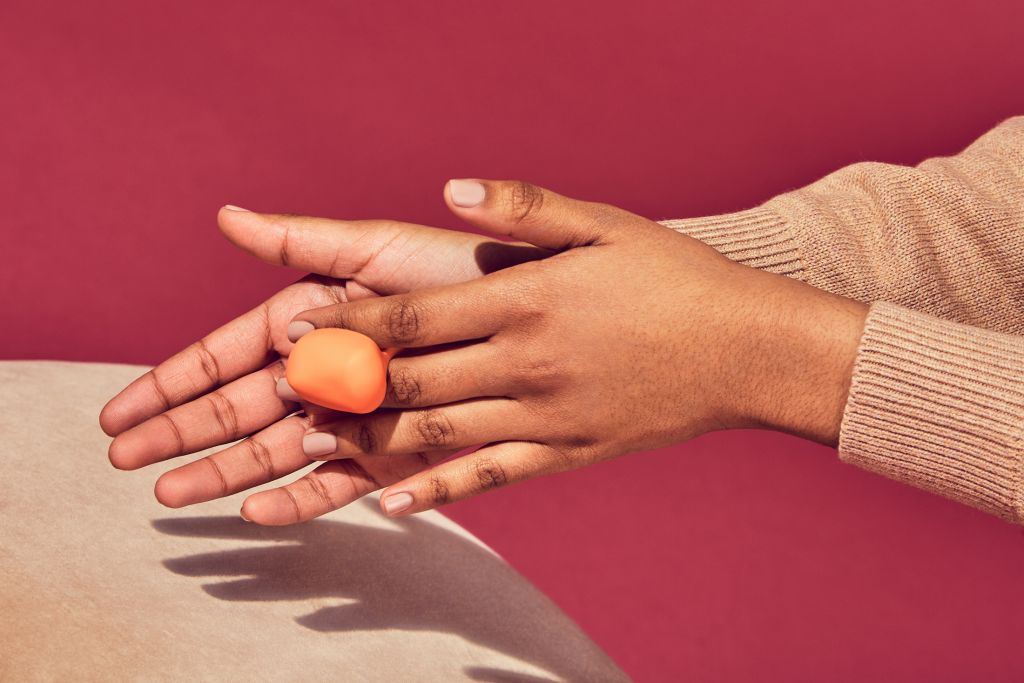
Michelle Williams, owner and CEO of beauty consulting company Michelle Williams Group LLC, asserts Revolve can up its game in beauty. “They should be creating special programs to launch items that are exclusive to them and get people to be excited about being their next pick for beauty,” she says. “Hopefully, their new corporate entity will see the vision in that approach and invest time and money into it. If not, they can still do beauty business as is, but I think it may often look [like a] copycat.”
Being a copycat is exactly what Revolve has tried to avoid by nurturing indie and in-house brands. In its prospectus, the e-tailer says, “The focus on emerging and owned brands minimizes our assortment overlap with other retailers, supporting marketing efficiency, conversion and sales at full price.” It adds, “We believe that our model, which is more targeted than department stores or mass market online retailers, and provides a greater selection than specialty retailers, allows us to more effectively serve consumers.”
Unique merchandise has drawn customers – Revolve registers 7.3 million unique visitors monthly – to its website, and losing differentiation to temporarily boost a stock price could undermine its strength. Garcia Castillo stresses, “They have a clear personality. They know who they are and what they want to be. It makes sense for people to be part of their narrative and the shopper experience. So, it’s really about establishing the right brands to fulfill the lifestyle piece they’re going for.”

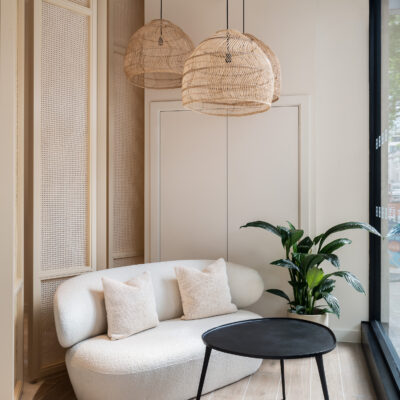
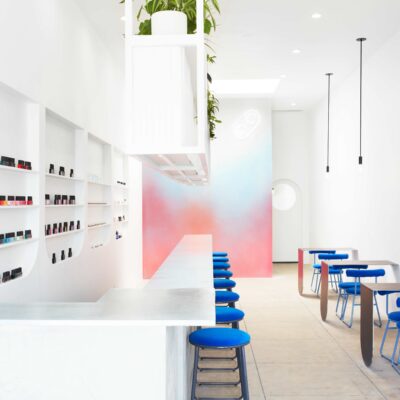
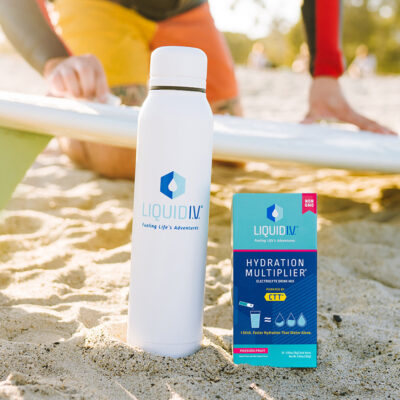

Leave a Reply
You must be logged in to post a comment.